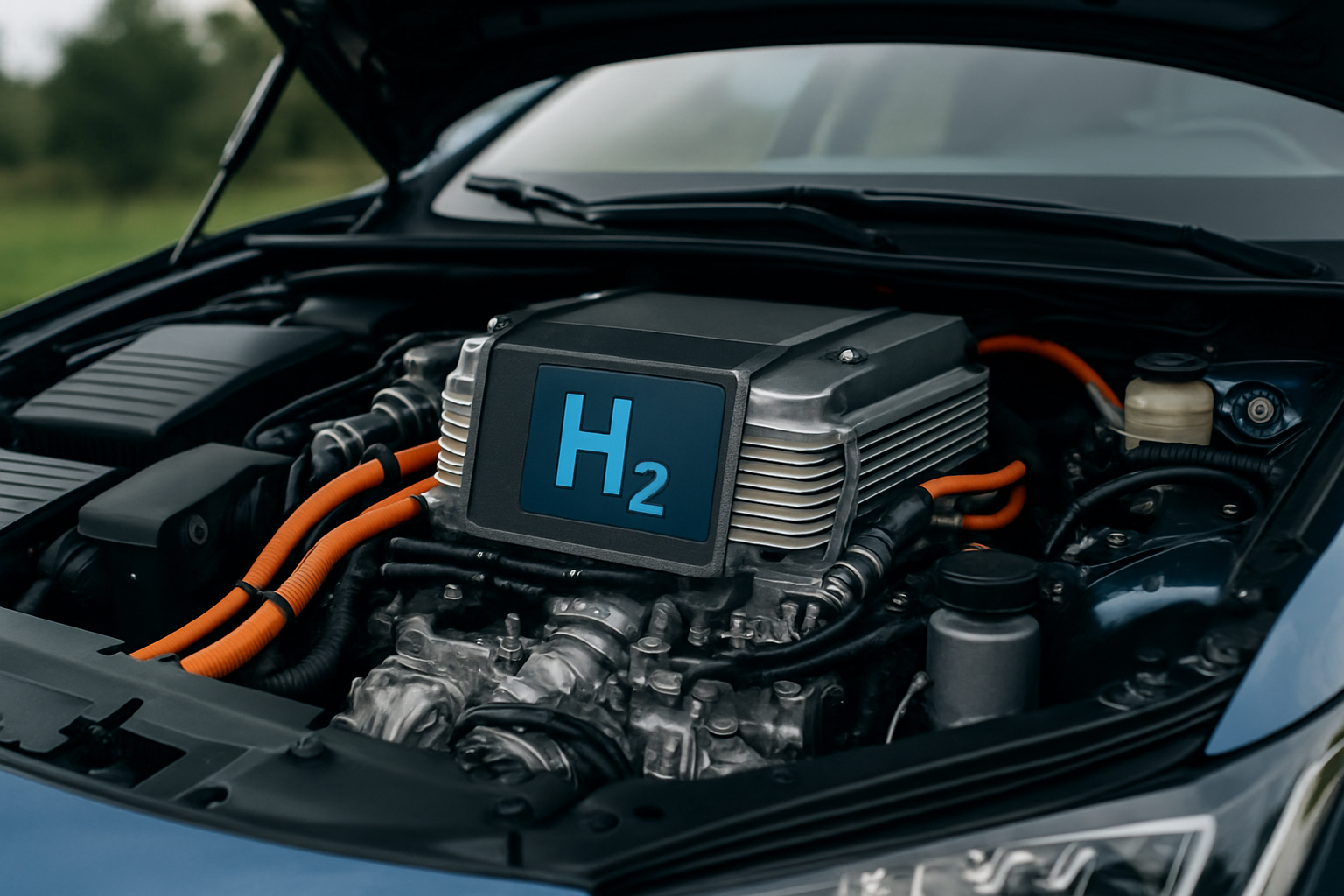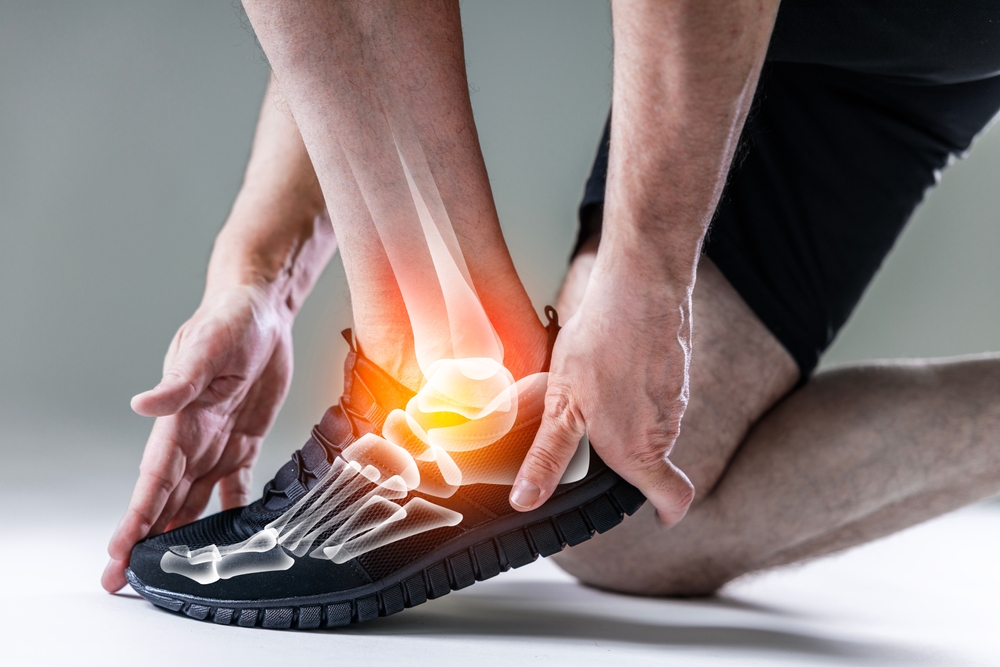Read more about the PWheel eBike Booster
Discover general information about the PWheel eBike Booster — a compact, portable add-on that provides moderate electric assistance for regular bicycles. Learn about its design, setup, compatibility, and ideal usage conditions. This content is for educational and awareness purposes only.

The PWheel eBike Booster has emerged as a practical option for riders seeking electric assistance on their conventional bicycles. This device attaches to existing bikes and provides motorized support during rides, making hills easier to climb and longer distances more manageable. The system appeals to cyclists who appreciate their current bicycle but desire occasional electric assistance without the expense of replacing their entire bike.
General overview of the PWheel eBike Booster and how it assists traditional bicycles
The PWheel eBike Booster functions as an add-on motor system that integrates with standard bicycles. The device typically mounts to the bicycle frame and connects to the wheel system, providing propulsion assistance when the rider pedals. Unlike full electric bicycles with integrated motors and batteries, this booster system offers a modular approach to electrification.
The assistance mechanism works through sensors that detect pedaling motion and apply proportional motor power. When riders pedal harder, the system responds with increased assistance, maintaining a natural cycling feel. The motor engages smoothly to complement human effort rather than replacing it entirely. This design preserves the exercise benefits of cycling while reducing fatigue on challenging terrain or during extended rides.
The booster system includes a control unit that allows riders to adjust assistance levels based on their needs. Lower settings provide minimal support for fitness-focused rides, while higher settings deliver maximum assistance for steep inclines or when carrying cargo. The flexibility to modify assistance levels makes the device suitable for various riding conditions and fitness goals.
Educational explanation of installation steps
Installing the PWheel eBike Booster requires basic mechanical knowledge and common bicycle tools. The process begins with securing the motor unit to the bicycle frame using mounting brackets. Proper alignment ensures the motor engages correctly with the wheel mechanism without causing friction or interference with normal cycling.
The next step involves connecting the drive mechanism to the bicycle wheel. This connection method varies depending on the specific model but typically involves a friction drive system or direct wheel engagement. Careful adjustment ensures optimal contact between the motor drive and the wheel surface, preventing slippage during operation.
Wiring the control unit and battery requires routing cables along the frame in a manner that avoids interference with pedaling or steering. Securing cables with zip ties or frame clips prevents tangling and protects connections from weather exposure. The control interface mounts within easy reach of the handlebars, allowing riders to adjust settings without removing their hands from safe riding positions.
Final installation steps include charging the battery fully before first use and calibrating the assistance sensors. Testing the system in a safe area helps riders familiarize themselves with how the motor responds to pedaling input and how different assistance levels affect ride characteristics. Proper installation typically takes between 30 minutes to an hour for individuals with moderate mechanical skills.
Awareness-based description of battery capacity and assist range
Battery capacity directly influences how far riders can travel with electric assistance before requiring a recharge. The PWheel eBike Booster systems typically utilize lithium-ion batteries measured in watt-hours, with capacities ranging from approximately 200 to 500 watt-hours depending on the model. Higher capacity batteries provide extended range but add weight to the bicycle.
The actual assist range depends on multiple factors beyond raw battery capacity. Terrain plays a significant role, with hilly routes consuming power faster than flat surfaces. Rider weight, wind conditions, and tire pressure also affect energy consumption. Assistance level settings dramatically impact range, with maximum assistance draining batteries considerably faster than minimal support settings.
Under typical riding conditions with moderate assistance levels, riders might expect ranges between 20 to 50 kilometers on a single charge. Conservative use of higher assistance settings, reserving maximum power for steep hills while using lower settings on flat terrain, extends the effective range. Some systems include regenerative features that recover small amounts of energy during braking or coasting downhill.
Battery lifespan considerations matter for long-term ownership. Lithium-ion batteries gradually lose capacity over hundreds of charge cycles. Proper battery care, including avoiding complete discharge and storing at moderate temperatures, helps maintain capacity over time. Most batteries retain 70 to 80 percent of original capacity after 500 charge cycles with appropriate maintenance.
Charging times vary based on battery size and charger specifications. Standard chargers typically require 3 to 6 hours for a complete charge from empty. Some systems offer fast-charging options that reduce charging time but may slightly accelerate long-term battery degradation. Planning charging schedules around regular riding patterns ensures the system remains ready for use.
Practical considerations for daily use
Integrating the PWheel eBike Booster into daily cycling routines requires understanding its capabilities and limitations. The added weight of the motor and battery affects bicycle handling, particularly when the system is not providing assistance. Riders notice increased effort required when pedaling without motor support compared to their unmodified bicycle.
Weather resistance varies among booster systems. While many devices feature water-resistant construction suitable for light rain, heavy downpours or water crossings may damage electrical components. Protecting the battery and control unit from extreme weather extends system longevity and prevents malfunctions.
Maintenance requirements include regular inspection of mounting points to ensure secure attachment, cleaning drive surfaces to maintain efficient power transfer, and monitoring battery health. Periodic firmware updates, when available, may improve performance or add features. Following manufacturer maintenance schedules prevents premature wear and ensures safe operation.
The PWheel eBike Booster offers a middle ground between traditional cycling and full electric bicycles. Riders maintain their existing bicycle while gaining electric assistance benefits. This approach suits individuals uncertain about committing to a complete electric bicycle or those who value their current bike’s characteristics. Understanding installation procedures, battery capabilities, and assist range expectations helps users maximize the benefits of this electric assistance technology while maintaining realistic performance expectations.




